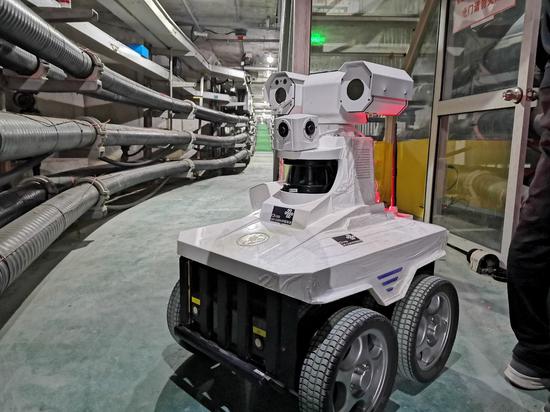
In recent years, with the rapid development of artificial intelligence and machine learning, the performance and function of distance sensors have been continuously improved. Some advanced range sensors incorporate deep learning algorithms to enable advanced functions such as target detection, recognition, and tracking. These sensors can sense and analyze the surrounding environment in real time, giving the robot greater intelligence and autonomy.
Distance sensor is a sensor device that can measure the distance between objects, it transmits electromagnetic waves or light, and calculates the distance between objects and sensors according to the signal reflected. In the field of robotics, distance sensors play an important role in helping robots sense their surroundings and perform tasks such as navigation and obstacle avoidance.
The working principle of distance sensor generally includes transmitting sensing signal, receiving reflection signal, signal processing and distance calculation. In practical applications, it is necessary to select the appropriate type of distance sensor according to the specific needs, and carry out calibration and debugging to ensure that the distance of the target object is accurately and reliably measured.
The range sensor has a wide range of applications. In the field of robotics, it can be used for tasks such as obstacle avoidance, navigation, positioning and map building. For example, when a robot performs a task, it can detect the distance of surrounding obstacles through distance sensors, thereby avoiding collisions or accidents. Distance sensors are also commonly used in areas such as autonomous vehicles, drones and smart homes to provide environmental awareness and safety.
Common range sensor technologies include ultrasonic sensors, infrared sensors, millimeter wave sensors, and laser sensors. These sensors are slightly different in principle and measurement range, and are suitable for different scenarios and needs.
1. Ultrasonic sensor: Ultrasonic sensor calculates the distance between the object and the sensor by transmitting ultrasonic pulses and measuring the time of the echo. The advantage is that the price is low, and the applicability is wide, but it is greatly affected by the environment, such as temperature, humidity and other factors may affect the accuracy.
2. Infrared sensors: Infrared sensors calculate distance by emitting infrared rays and measuring the intensity of the light reflected. This sensor is suitable for close-range measurement, with high measurement accuracy and speed, but it needs to consider the reflection of the surface of the object.
3. Laser sensor: Laser sensor uses laser beam to measure object distance, has the advantages of high precision, long ranging range, etc., suitable for accurate measurement and complex environment applications, but the price is higher.
4. Millimeter wave sensor: Millimeter wave sensor uses millimeter wave signal to measure the distance between the object. A millimeter wave sensor transmits a millimeter wave signal and calculates the distance by measuring the signal's echo time or frequency difference. Millimeter wave sensors have the advantage of wide measurement range, high accuracy, and are not affected by light, but the cost is higher.
In addition to the above common distance sensor technologies, there are other new sensor technologies that continue to emerge, such as Time-of-Flight sensors.
In robot design, choosing the right distance sensor depends on the specific application scenario and requirements. Factors such as measurement accuracy, ranging range, response speed, cost and adaptability to the environment need to be comprehensively considered ensuring that the robot can accurately perceive the surrounding environment in various situations and make corresponding decisions and actions.
The Products You May Be Interested In
 |
481 | RUGGED METAL PUSHBUTTON | 499 More on Order |
 |
482 | SWITCH PB 16MM GRN LED | 428 More on Order |
 |
1191 | SWITCH PUSHBUTTON SPST-NO YELLOW | 495 More on Order |
 |
1187 | SWITCH PUSHBUTTON SPST-NO WHT | 489 More on Order |
 |
3429 | SWITCH PUSH SPST-NO WHT 10MA 5V | 538 More on Order |
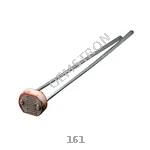 |
161 | PHOTO CELL (CDS PHOTORESISTOR) | 3796 More on Order |
 |
982 | MAXSONAR RANGEFINDER LV-EZ4 | 143 More on Order |
 |
629 | STARTER PK EL PANEL 10X10CM BLUE | 114 More on Order |
 |
634 | STARTER PK EL STRIP 100CM GREEN | 448 More on Order |
 |
447 | ELECTROLUMINESCN STRIP BLU 100CM | 366 More on Order |
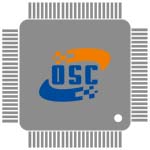 |
2555 | DIGITAL RGB LED WEATHERPROOF STR | 285 More on Order |
 |
2540 | NEOPIXEL DIGITAL RGB LED STRIP - | 216 More on Order |
 |
1721 | ADDRESS LED MOD I2C RED/YLW-GRN | 393 More on Order |
 |
2541 | ADDRESS LED STRIP SERIAL RGB 1M | 420 More on Order |
 |
2953 | ADDRESS LED STRIP SERIAL RGB 1M | 458 More on Order |
 |
3630 | ADDRESS LED STRIP RGBW | 325 More on Order |
 |
1463 | ADDRESS LED RING SERIAL RGB | 390 More on Order |
 |
3867 | FLEXIBLE SILICONE NEON-LIKE LED | 371 More on Order |
 |
1933 | 7"" TFT DISPLAY 800 X 480 | 133 More on Order |
 |
684 | BOARD OLED 16BIT 0.96"" MICRO SD | 308 More on Order |
 |
4243 | 2.13"" FLEXIBLE MONOCHROME EINK / | 437 More on Order |
 |
1813 | 10 SEGMENT LIGHT BAR AMBER | 421 More on Order |
 |
2278 | 64X32 RGB LED MATRIX - 4MM PITCH | 300 More on Order |
 |
1681 | VS1053B MP3/WAV/OGG/MIDI PLAYER | 465 More on Order |

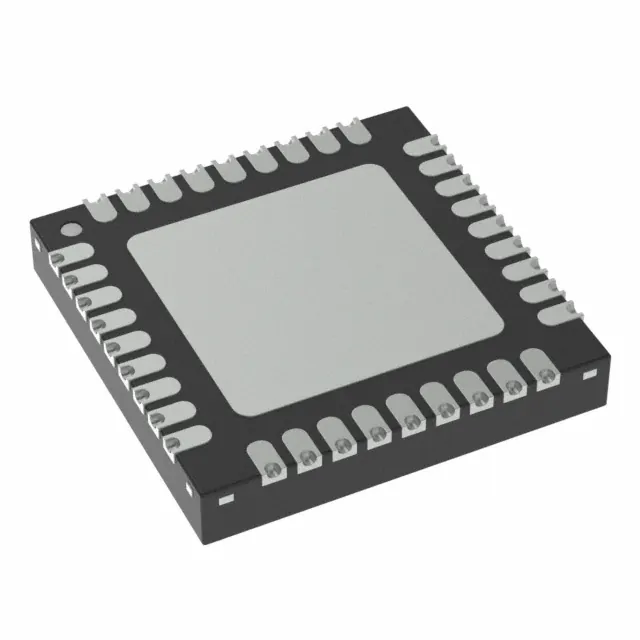 Semiconductors
Semiconductors









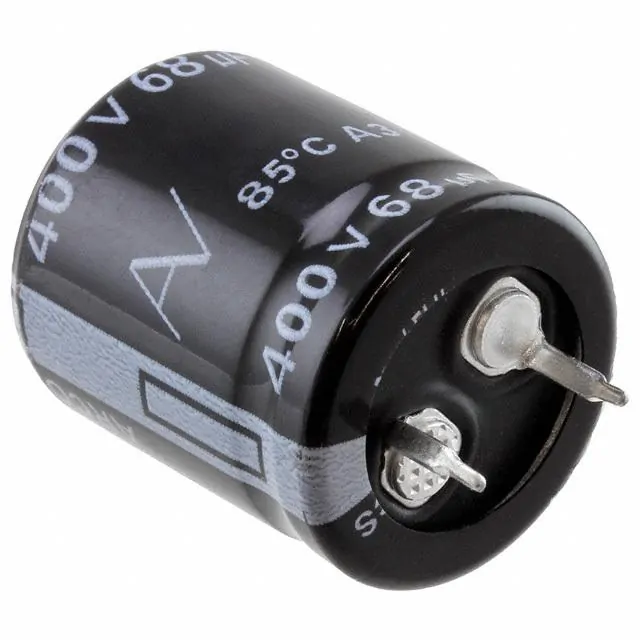 Passive Components
Passive Components









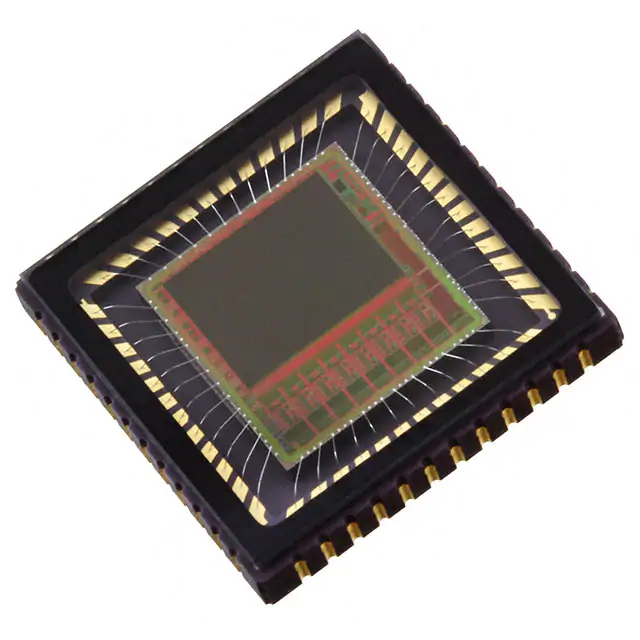 Sensors
Sensors








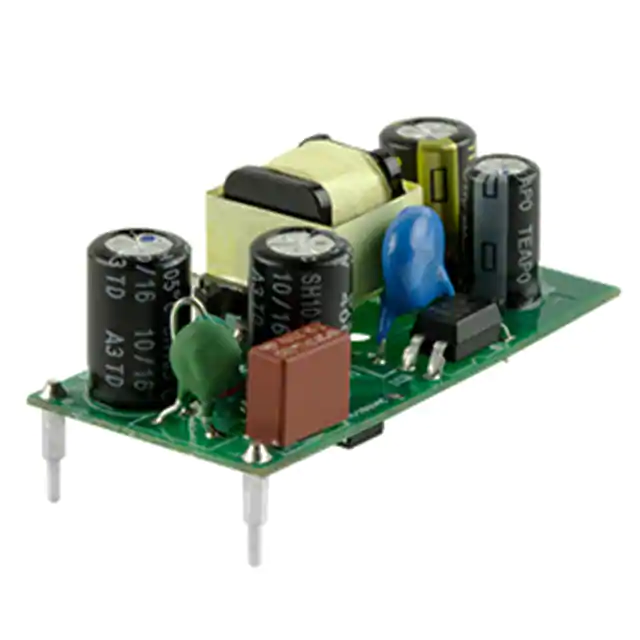 Power
Power









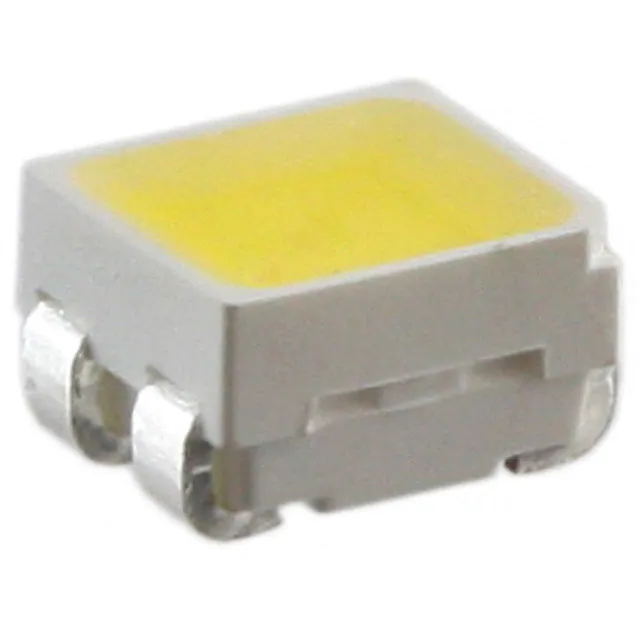 Optoelectronics
Optoelectronics








